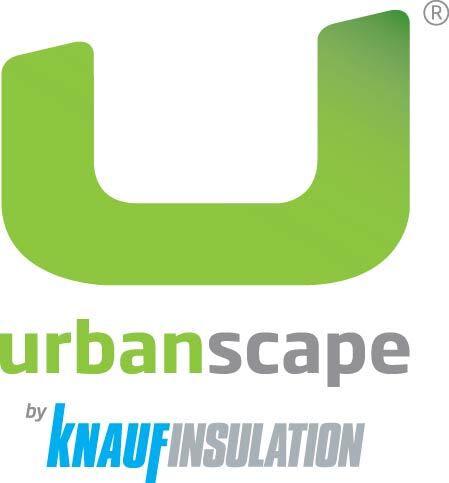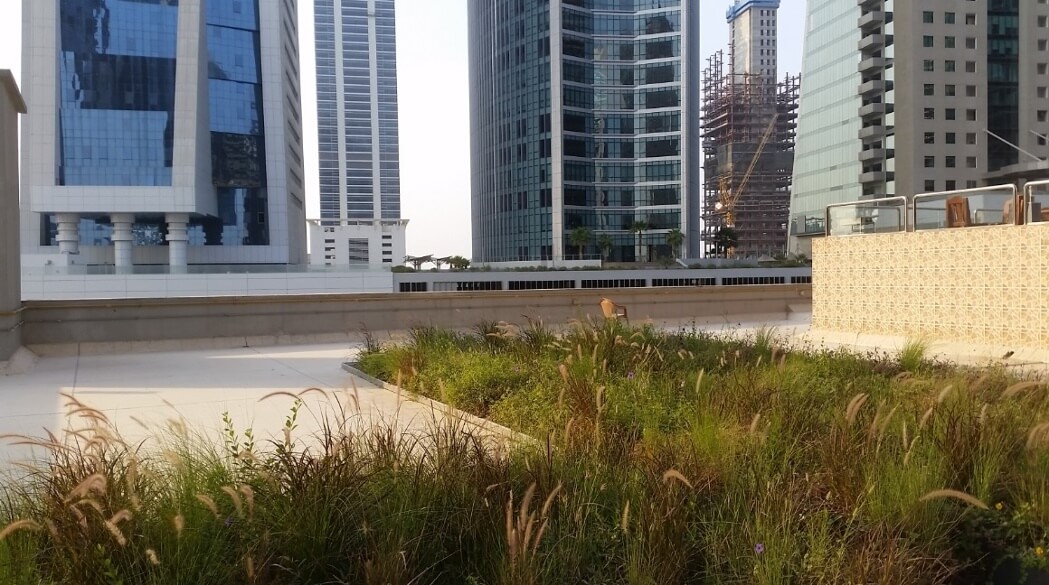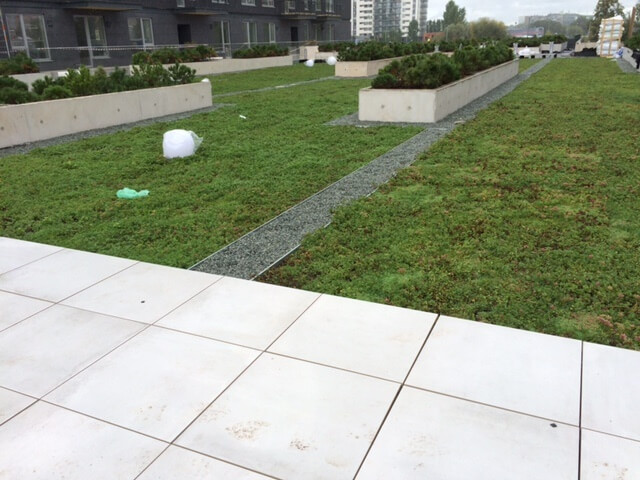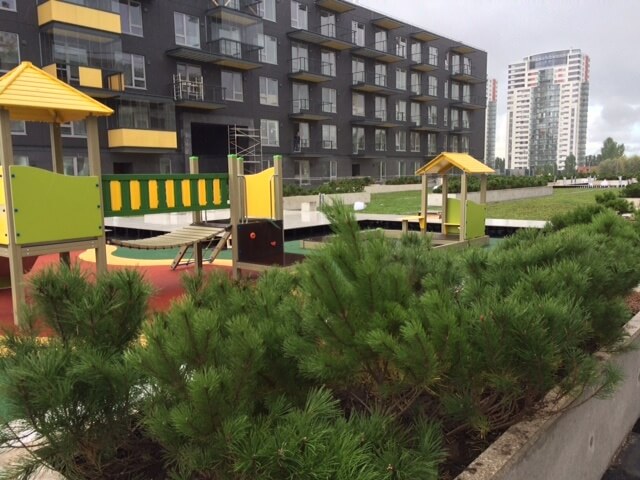Different Green Roofs for different local needs and environments
FEB 13, 2017 /
We have been talking on many of our blogs about the real performance of green roofs, in terms of improved energy efficiency, better storm-water management, lower heat-island effects and more – because it’s all about achieving good environment performance.
However, this time we look at green roofs from the customer’s perspective, and what they expect from the green roofs.
Over the past years I’ve learned that many customers do occassionaly read more in details what green roofs are and know what green roofs bring; but when it comes to initial discussions you can clearly see that there are certain local aspects and requirements that contribute to the fine-tuning of green roof design.
Let me narrow them down to 4 crucial elements:
- climate conditions where the green roof will be set-up
- type of building and type of roof where the green roof will be installed
- the future purpose of the new green space being installed
- local legal requirements
I will not go into any theoretical debates here, but rather focus on two borderline case stories, where customer needs particularly determined the type of green roof construction, and where employing a traditional green roof simply doesn’t work.
DUBAI, UAE
Let me first start with the climatic conditions that green roofs need to survive under extreme heat and humidity. And when we talk about extreme, we’re talking about summer daytime temperatures that can easily exceed 50º C / 120º F.
Let’s have a look into the green roof that we installed in 2016 in downtown Dubai. The site where the Green Roof was installed is actually a roof on a four-storey building that connected two residential skyscrapers. The roof had been used as a recreational space where residents could meet and relax, either at a nice open bar/restaurant or by a nice pool. But, as it was paved entirely with concrete white paving stones it definitely lacked a bit of green space. So the green roof might have been a good solution.
There were a few main requirements on the investor’s side:
- The green roof needs to be lush, so that residents will see it as a real field of flowers and grasses.
- The green roof should not be too heavy, as the area dedicated to installation of the green roof was actually a roof covering meeting rooms below.
- The green roof can be irrigated, but should not require more irrigation water than what the Dubai code specifies for parks and gardens.
Initially, this seemed too demanding a challenge to overcome. We had to design a green roof no larger nor greater than 60 kg/m2 (12 lbs/ft), would not consume more than 8 litres/m2 (0.3”) of water per day in the highest summer months, and would continue to look lush and green.
Just look at what we were able to develop using only 6 cm (2.5”) of growing media, which weighed less than 50kg/m2 (10lbs/ft) fully saturated.
RIGA, LATVIA
This other project was entirely different in terms of climate conditions. The project was executed in the Baltics – in Riga, Latvia – where winter temperatures can easily drop well below -20º C / -5º F.
Like the Dubai case, the Riga green roof was built in a residential area. The roof between the residential buildings was meant to be a recreational space, where families could hang out late in the afternoon and watch the kids playing in the rooftop-playground.
The simplest green roof structure using grass over the entire roof would have been the cheapest alternative; however, this would actually require a lot of maintenance over the years to come, which would be a burden for future residents, so this idea was initially scrapped.
The following requirements were drawn up for us to follow:
- The green roof needs to be fully vegetated on the day the first residents arrive.
- The green roof should remain nice, even in the colder winter months when not covered in snow.
- The green roof should require a minimum of maintenance and mean only low additional costs for the residents.
- The original design should make the roof thicker than the pathways made of concrete paving stones.
- The green roof must act as a storm-water management tool.
The vegetation part was relatively easy for us to comply with. The plants were selected by our global partner Sempergreen, as they are simply the best in the business. The use of all year-round green sedum species – so-called creepers like Album coral carpet, Acre murale, Sexangulare and similar – were musts in order to comply with the year-round appearance requirement. They don’t lose their leaves, but can turn a little reddish in extreme cold.
The difficult part here was to provide sufficient storm-water management with a thin structure that would not exceed the height of the pavers. This can’t be done with regular green roof soil, so we used a structure that employed Urbanscape Growing Media which just 4 cm thick (1.8”), yet could still hold the majority of the annual rainfall (more than 70%) that usually pours down on the roofs of Riga.
Once built and ready the entire place looked fantastic, and complied with all of the initial requirements.
We all know that Urban Green Infrastructure is truly an industry of the future; and in order to support faster growth we need to respect the needs and wishes of our potential users. Sometimes this means that we need to look outside the box and beyond traditional ways of doing business.
I keep on hearing from people from the green roof industry, that they have 30 years of experience and that doing traditional green roofs is the only proper way. Let’s be fair, experience matters – but if we only looked to traditional ways of doing things we would still be sweeping our floors with old-fashioned brooms.
So once again, to everyone in the green roof industry: be open-minded and look for good solutions, even if this means working occasionally in collaboration with the biggest competitors – because it’s all for the good of the industry.
Would you like to learn more about Urbanscape® Green Cubes and Green Flocks?
Contact us via e-mail or download our Landscaping brochure and product data sheets below.
Subscribe to Email Updates
We’ll be sending you information and news about our solutions and material which we believe may be useful to you.
You can always unsubscribe from our newsletter.











